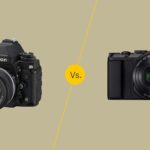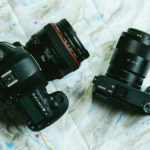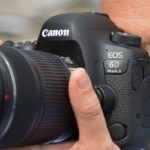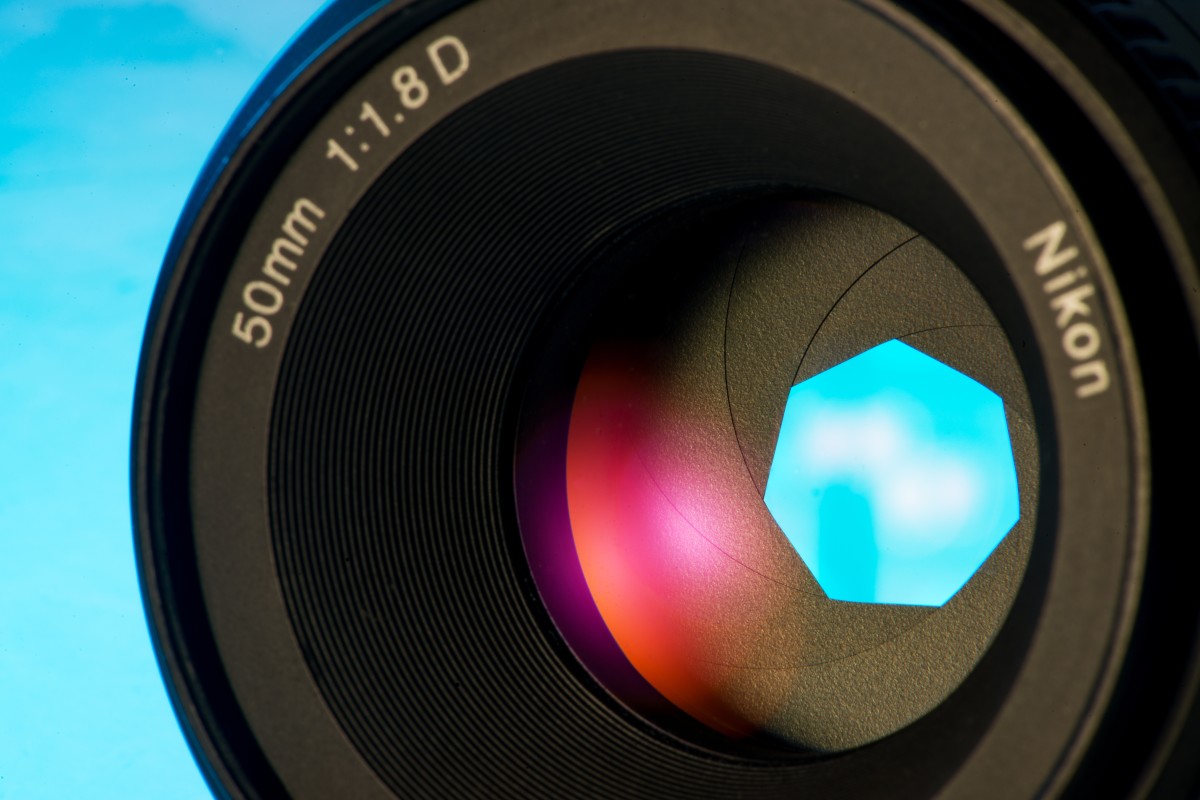How to choose a DSLR camera
A DSLR camera is a technique for creating high-quality photographs and videos. Its viewfinder is based on a mirror, which is located behind the lens. A DSLR with good characteristics creates amazing pictures, is technologically advanced and multi-functional. To decide how to choose a SLR camera, you need to learn about the most important characteristics of its operation. This:
- Matrix size and resolution.
- Photosensitivity.
- Image stabilization.
- Noise suppression.
- Focusing.
- Viewfinder.
- Flash.
The content of the article
What types of SLR cameras are there?
There are three types of such cameras - professional, semi-professional and amateur.

The former are distinguished by excellent characteristics and very high cost. The difference between professional and non-professional models lies not in the quality of the matrix or the presence of certain functions, but in the resource. If the number of shots exceeds 400 units per day, you cannot do without a professional camera!
The semi-professional segment is almost the same option, but more technologically simplified.The main difference is the shutter life and the lack of super-fast continuous shooting speed. Such equipment in the hands of a good master is also capable of performing a maximum of necessary tasks.
An amateur SLR camera is a device of average quality and in a more budget price segment. Its main differences are the lack of settings and a large number of automatic modes. More advanced models are characterized by the qualities of a semi-professional device. They have more creative possibilities and higher resources. This option will be optimal if there is a lack of funds. It is purchased by amateurs and beginning photographers.
Selection options
Before deciding which device to choose - professional and semi-professional - you should compare them in detail. The main criteria that may make the difference include the following.
Matrix size and resolution
The matrix is the camera device that produces the image. It is also called a sensor or photosensor. Simply put, this is an analogue of photographic film in soap dishes.

The physical size and resolution of the sensor directly affect the quality of the frames captured. The dimensions of the photosensor are determined in inches. In the technical description of the camera it is always indicated in the form of fractional parts. For example, a value of 1/2.5 corresponds to a sensor size of 4.3 * 5.8 mm. Moreover, the larger the size of the photosensor itself, the smaller the number following the fraction will be.
The physical dimensions of the matrix determine the noise level and directly affect the detail of the image. The larger the sensor, the more light hits it. And the better the quality of the pictures.The large matrix will not miss a single detail and will preserve the naturalness of the color.
If the choice is between models with the same number of megapixels, you should choose the option with a larger sensor size.
Photosensitivity
The matrix consists entirely of megapixels - photosensitive elements on which the size of the pictures depends. Any computer or laptop displays photographs of certain dimensions on the screen. Therefore, with a small number of pixels, the quality of printed large frames may not be the highest.
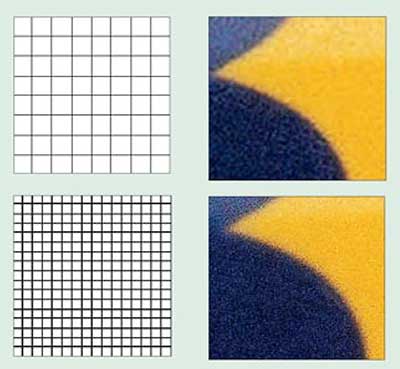
For professional studio photography, when you need to print large-sized photographs, a professional camera with forty megapixels or more is suitable.
If there is no need for posters and banners, it is enough to have a device with an 18 pixel sensor.
Essentially, the more of these elements there are in the device, the fewer restrictions will be associated with the size of the image. These photosensitive particles do not affect the quality of the photograph itself.
Image stabilization
To ensure a clear picture, DSLRs have the stabilization function enabled. It helps to take good shots, even if the photographer’s hands are shaking. This is extremely important for professional multi-pixel cameras. Indeed, in the photographs obtained from them, slight blurring is clearly visible. Micro-errors can arise even from small vibrations of the camera itself. Therefore, if the stabilization function is turned off, the frame turns out blurry.
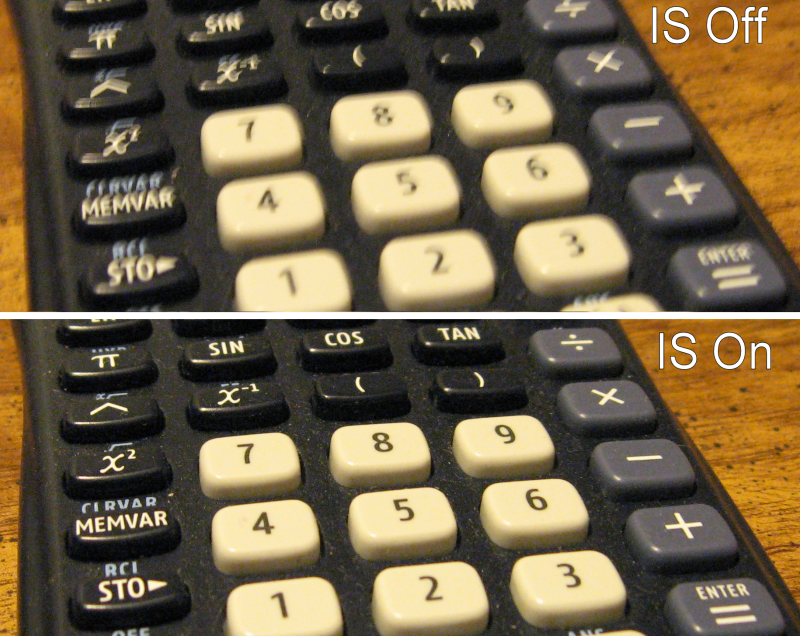
Both professional and semi-professional cameras are equipped with this function.
Noise suppression
The technical meaning of the noise reduction effect is to compare the main image with the so-called black frame.To obtain the final version of the image, the noise from this frame must be removed. After finishing shooting, the photographer does another take with the shutter already closed, so it turns out black. The camera must detect the resulting noise on it and remove it from real images.
In the models under consideration there is a function to suppress this noise. At the same time, the shooting time almost doubles. That's why some photographers purposefully turn off suppression.
Focusing
Autofocus is a very important technical characteristic of a camera. For shooting simple static scenes, focusing automatically increases speed. For portrait photographs with a shallow depth of field, the focus of which can shift with the slightest movement, this technology is absolutely irreplaceable. It allows you not to miss a frame even when shooting reportage or in photographs of moving objects. All versions of DSLR cameras are equipped with this wonderful feature.
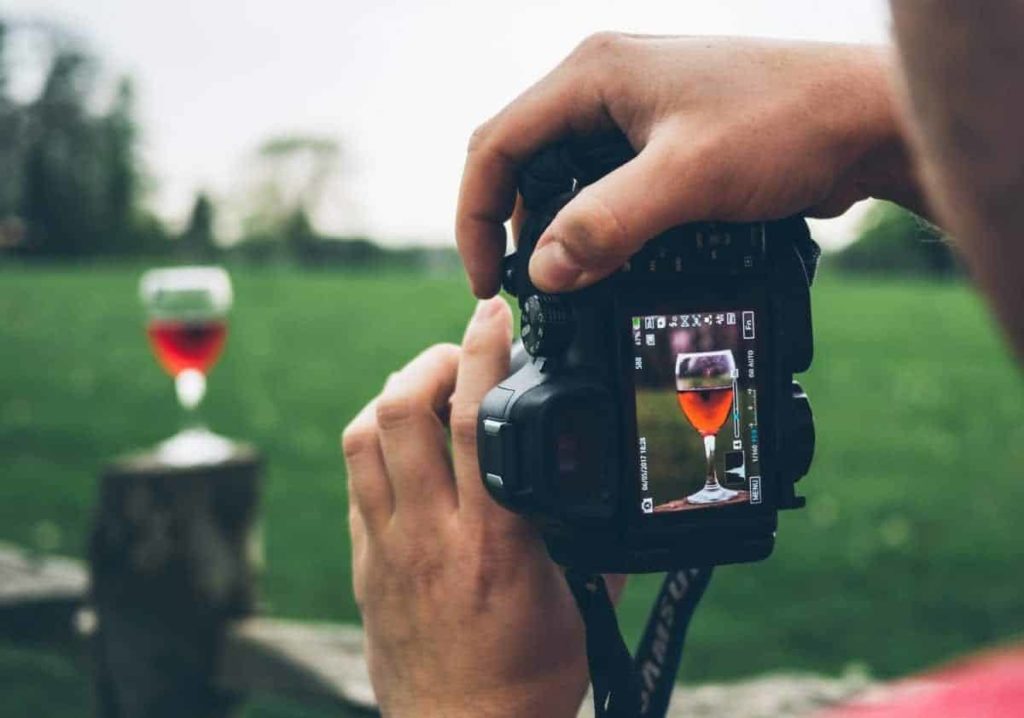
Viewfinder
The camera part in question is responsible for high-quality sighting and accurate composition of future photographs. DSLR cameras are equipped with an optical viewfinder. Its essence lies in the fact that the photographer sees the same thing as the lens.
Flash
The flash is an indispensable element of modern models. It is this that provides additional light in bad weather conditions or if filming takes place at night. The flash allows you to achieve a more balanced exposure during the day and freeze moving objects.
Every DSLR is equipped with this function. However, such integrated structures are much inferior to removable ones.An external flash that is installed on equipment has higher performance than its built-in counterpart.
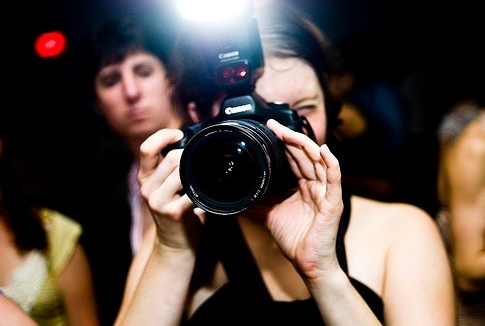
It must be purchased separately. Therefore, the specialist himself must choose the most suitable option for him.
Memory card
For professional photography and video shooting, you need special memory cards. They are capable of quickly storing large amounts of data. Flash cards differ in size and cost. Accordingly, the more information the card can store, the higher its price will be. Capacious, good quality cards are suitable for the cameras described.
The best DSLR camera
According to expert assessments and ratings based on reviews of the most popular photographers, there are two brands of high-quality photographic equipment - Canon and Nikon. These companies are confident leaders in the segment of production of cameras and all necessary parts. The following are considered the best mirror models.
Canon EOS 5 DSR Body
Advantages of this camera:
- A full-format 50-megapixel matrix allows you to take the clearest photos possible. Highly detailed images and amazing halftone reproduction contribute to stunning images.
- The presence of two processors allows for faster processing of large images.
- Special technology tracks objects in changing conditions.
- The design of the device has functions of protection against dust and moisture. This allows the photographer to work in conditions of high humidity and bad weather.
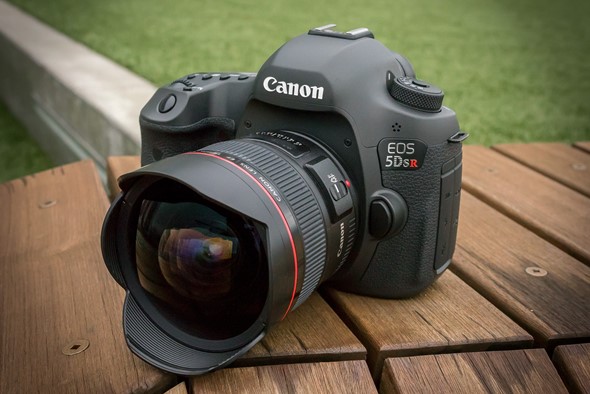
The approximate cost of such a device is 140,000 rubles.
Nikon D 850 Body
The advantages of this option:
- The matrix of the described camera is 45 megapixels. This allows you to take pictures with filigree precision of detail.
- The highest level of super sensitivity makes it possible to create perfect shots even in bad weather conditions.
- Innovative image processing technologies drown out noise.
- Deep and sharp background images are achieved thanks to the built-in focus stacking mechanism.
- Photos and video materials can be quickly copied.
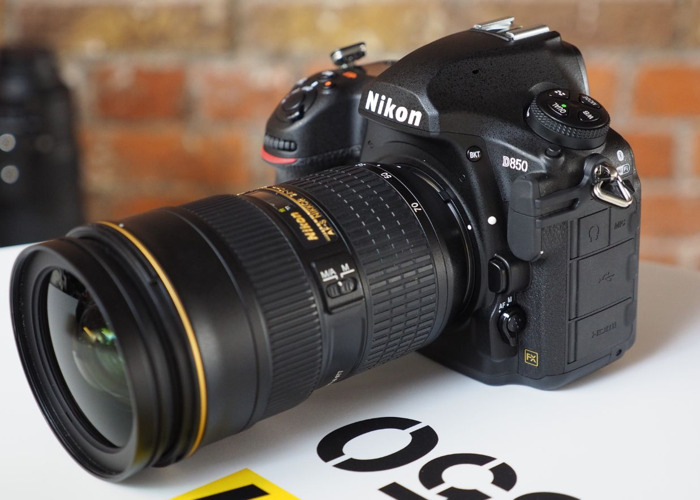
The approximate cost of Nikon D 850 Body is 180,000 rubles.
A good quality SLR camera is a godsend for any photographer. Its functional characteristics allow you to take perfect pictures very quickly and without any special effort.

